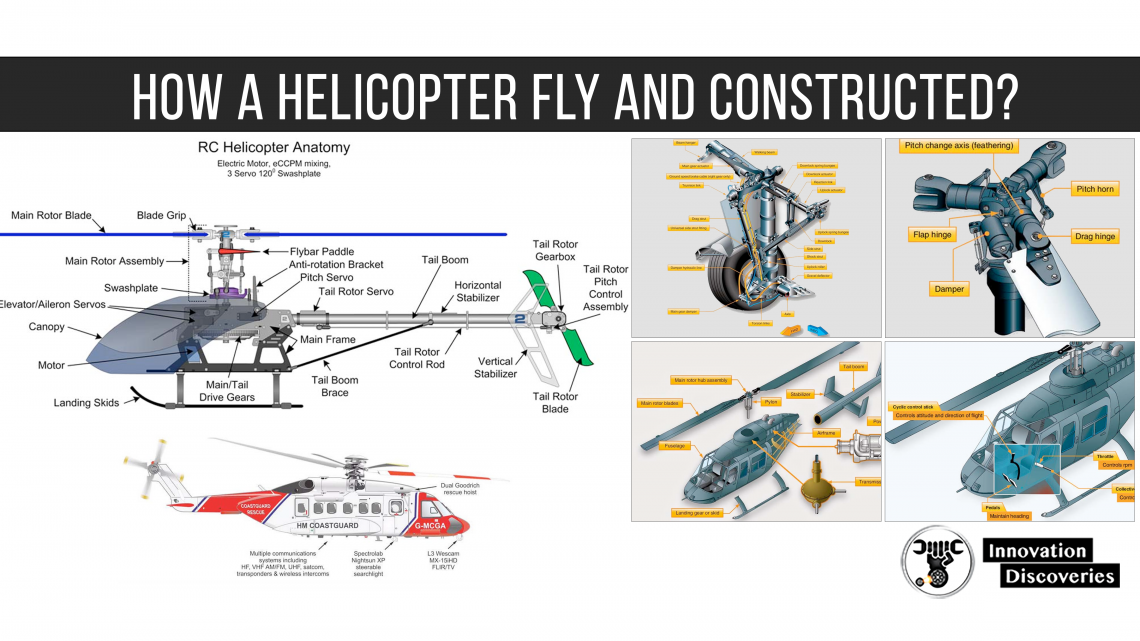
We will learn about helicopter construction, working and affecting factors. It is a very useful air vehicle.
The first practical helicopter VS-300 was designed by Igor Sikorsky and was by the Vought Sikorsky aircraft division of the United aircraft corporation.
It took flight at Stratford Connecticut on September 14, 1939. Firstly it was Incorporated into a single main rotor and tail rotor design.
The mechanism of the helicopter is the same as the mechanism of the aircraft. It works on the principle of generating lift.
Lift is an upward pushing force that overcomes the weight and sweeps into the air. It is generated by the pressure difference between the upper section of the airfoil and the lower section of the airfoil.

Main components of a helicopter
Engine
In the helicopter mostly two types of engines are used. The First one is a reciprocating engine and the second one is the turbine engine.
Reciprocating engine
Piston engine or reciprocating engine is basically used in a small helicopter that has less capacity to carry the load. A reciprocating engine is mostly used in the training helicopter because of its simplicity and easy to operate.
Turbine Engine
Turbine Engine is used in the commercial helicopter. It is more powerful and is used in a variety of helicopters. The operation of the turbine engine is completely different from the turbine engine used in the aircraft. Turbine Engine produces a huge amount of power for its size at the same time it’s very expensive to operate. It is found that 75 percent of the incoming airflow is used to cool the engine.
The turbine engine mounted on the helicopter basically consists of
1- Compressor
It is used to draw the filtered air into a chamber called a plenum chamber where the air is compressed. Compressed air is then directed to the combustion chamber where the atomized fuel is injected into it.
The air-fuel mixture is being ignited and allowed to expand; it produces a tremendous amount of energy. The combustion gas is passed through the series of turbine wheel causing them to rotate.
These wheels give the power to both the engine and gearbox as well. It depends on the model and varies from 20,000 to 51,600 rpm.
2- Combustion chamber
The combustion process is a continuous process in the turbine engine unlike to piston engine. The combustion chamber is a chamber where the air-fuel mixture gets ignited, it continues to burn until the fuel is present.
If the engine is on and there is an interruption in the air-fuel mixture and any of these then it termed as flameout and the engine is being restarted.
Especially in the helicopter, it has a special system to tackle it called auto to relight which automatically activates the ignite to start the combustion if the engine flameout case appear
3- Turbine
In the helicopter, two-stage turbines are used to run the engine.
The first stage of the turbine is considered to be a gas producer and the second stage is known as a power turbine.
It is denoted by N1 and N2 respectively. Both stages of the turbine are connected to the common shaft and are mechanically coupled to each other.
4- Accessory gearbox
The gearbox of the engine encompasses all the necessary gear to drive components of the helicopter.
Independent shaft connected to N1 and N2 Wheel turbine which provides the power to the accessory gearbox.
The first stage of the turbine is used to drive the components necessary to complete the turbine cycle. Second is dedicated to driving the main rotor and tail rotor system and it is also used to run the air conditioning.
Airframe
It is made up of either metal wood or composite material or combination of any two typically a composite made up of many layers of fiber impregnated resins, bonded together to form a smooth panel.
The design of the airframe includes engineering aerodynamics, material technology and manufacturing method to achieve a favourable balance of performance reliability and the overall cost.
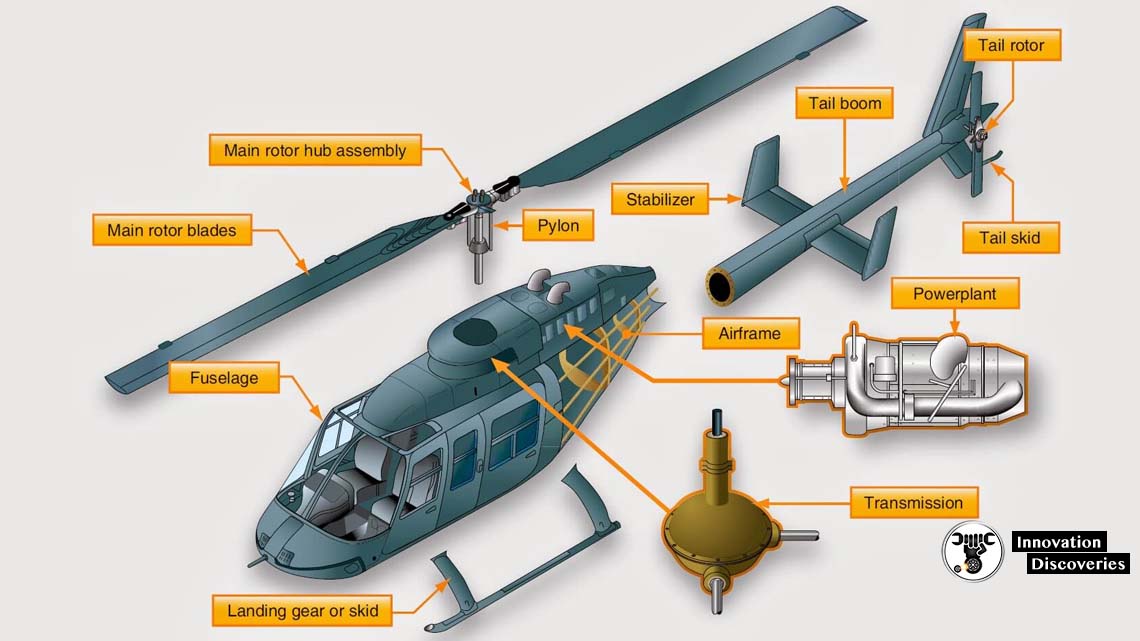
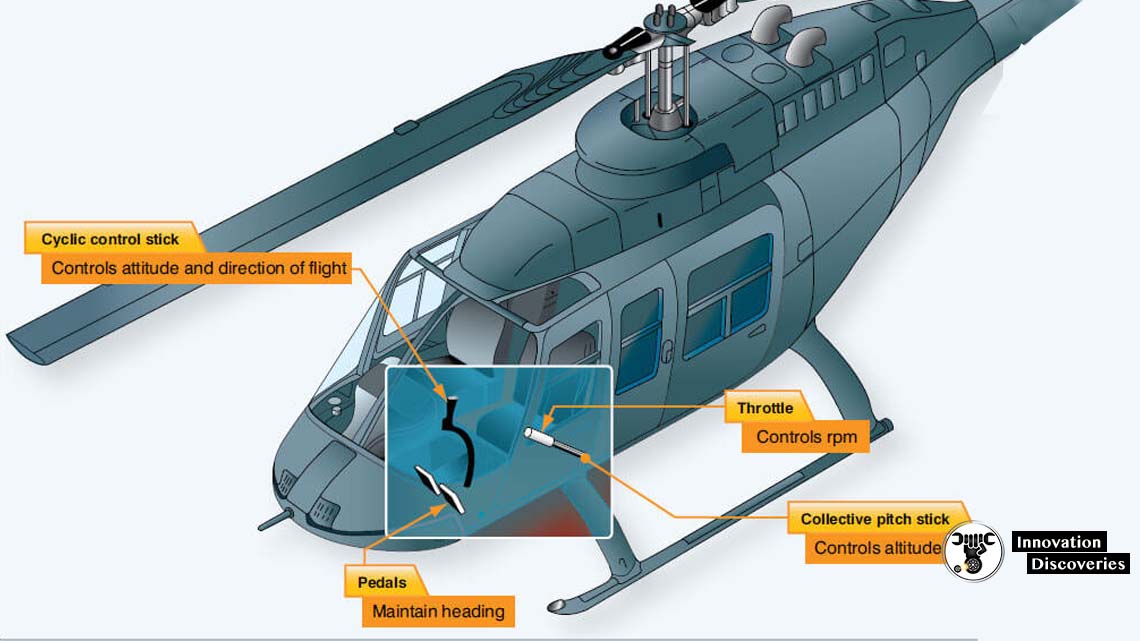
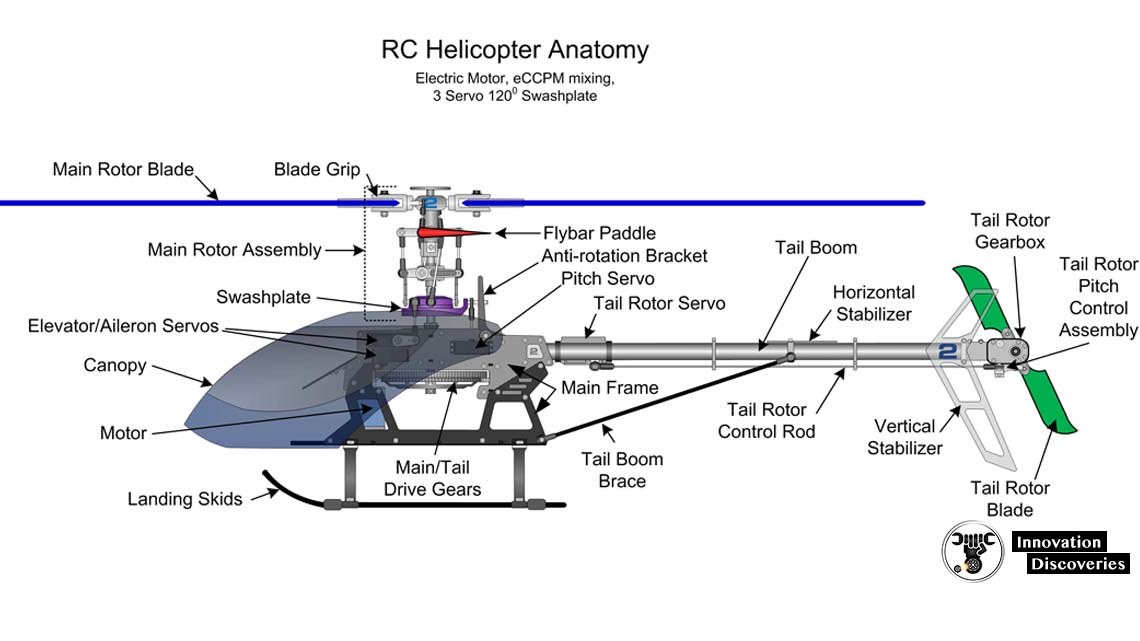
Fuselage
As one can see in the figure that it is the outer core of the frame, the fuselage of the helicopter includes the main body section that houses the cabin that holds the crew, cargo, and passenger.
Especially in the helicopter pilot seat differ with a helicopter.
In most of the Cases pilot Seated on the right side but in a few of the helicopter pilot Seated in left or centre.
Rotor system
The rotor is one of the most important mechanisms of the helicopter which is directly connected to the airfoil and generates lift.
It is consists of a mast, hub and rotor blades. Mast, it is a hollow cylinder shape metal shaft which goes upwards or extended to, from and it is supported by the transmission.
The attachment point of the rotor blades is called a hub.
Swashplate
The swashplate is used to convert the stationary input into rotating input which can be connected to the rotor blades.
There are two swashplates is used in the whole swash plate assembly: stationary swashplate and rotating swashplate.
Airfoil
The helicopter flies on the same principle that any aircraft flies.
Because in the helicopter too aerodynamic forces are necessary to keep the helicopter aloft are produced when the air passes around the rotor blades of the helicopter.
The airfoil is one of the important parts that make the flight possible. Airfoil shapes produce lift when it through the air. There are two types of airfoils
Symmetrical and Non-symmetrical
In the symmetrical airfoil, the upper and lower surface are identical and produces less lift.
But in the case of a non-symmetrical airfoil, it’s upper and lower surface are different from each other and that help to produce the lift.
The benefit of the non symmetrical airfoil is that it increases the lift drag ratios and more desirable stall characteristics.
In the early stage of the helicopter, the non-symmetrical airfoil was not used because the centre of pressure location moved too much when the attack angle was changed.
Factors affecting the performance of the helicopter
There are mainly three factors that affect the performance of a helicopter mostly. These are
Altitude
Altitude is one of the most important factors in the helicopter mechanism and it affects the performance of the helicopter in the density of the air, which decreases as the altitude increases.
It is well known that the increasing density increases the requirements of power in hover and decreases the speed.
When the helicopter fly at the high altitude with the high speed is the result of the lower density of the air at that altitude, results in fewer power requirements because of the parasitic drag.
Weight
Reduction of weight is the Holy Grail for the whole aviation industry; it is something that everyone wants but difficult to get it.
The weight of the helicopter depends on the size. When the weight of the helicopter increases, the excess power becomes less, but it is especially affected at lower airspeed because of the induced drag.
High gross weight affects the maximum height at which the helicopter can fly in the ground effect for a given power available.
Under all these conditions it can be concluded that heavier the helicopter, lower the maximum hover altitude.
Wind
The direction of the wind and velocity directly affect the hovering, takeoff and climbing performance of the helicopter.
As the wind speed increases, translational lift increases, resulting in less power is required in hovering.
Apart from the magnitude of the wind velocity, its direction is also essential.
Headwind is the most desirable parameter in the hovering process because it gives the greatest increase in performance.
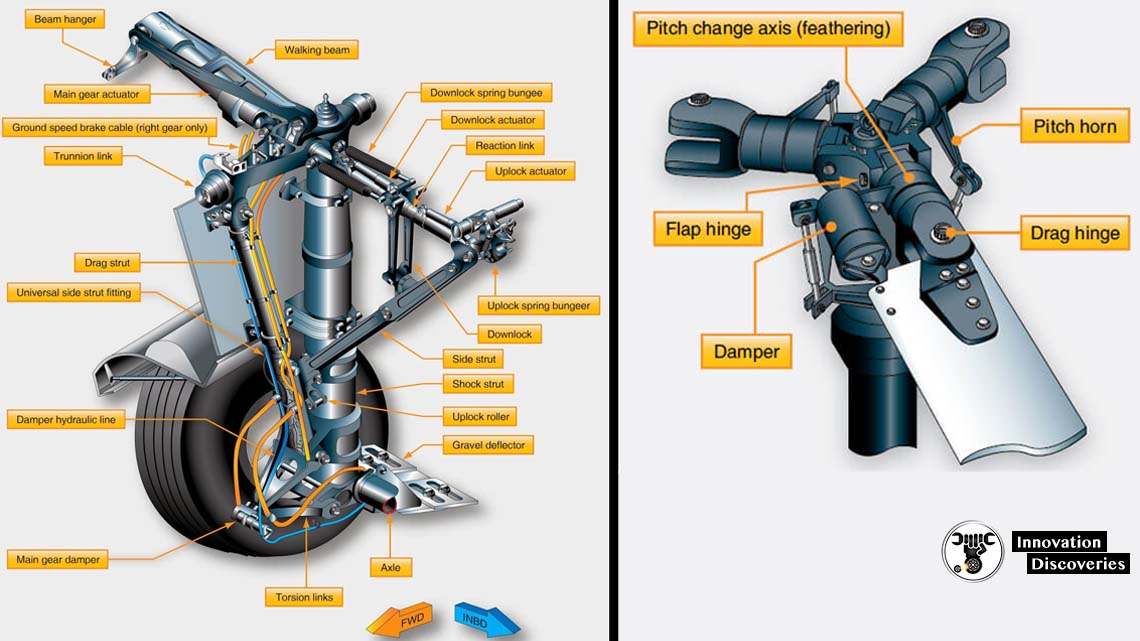

This is all major component of a Helicopter and general working of it.


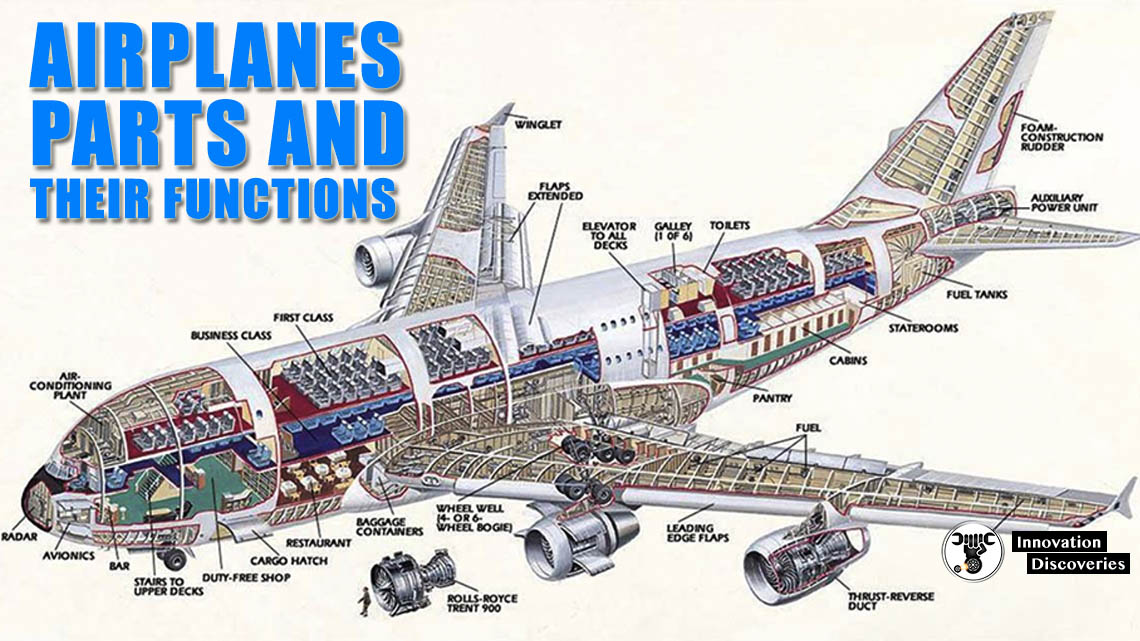
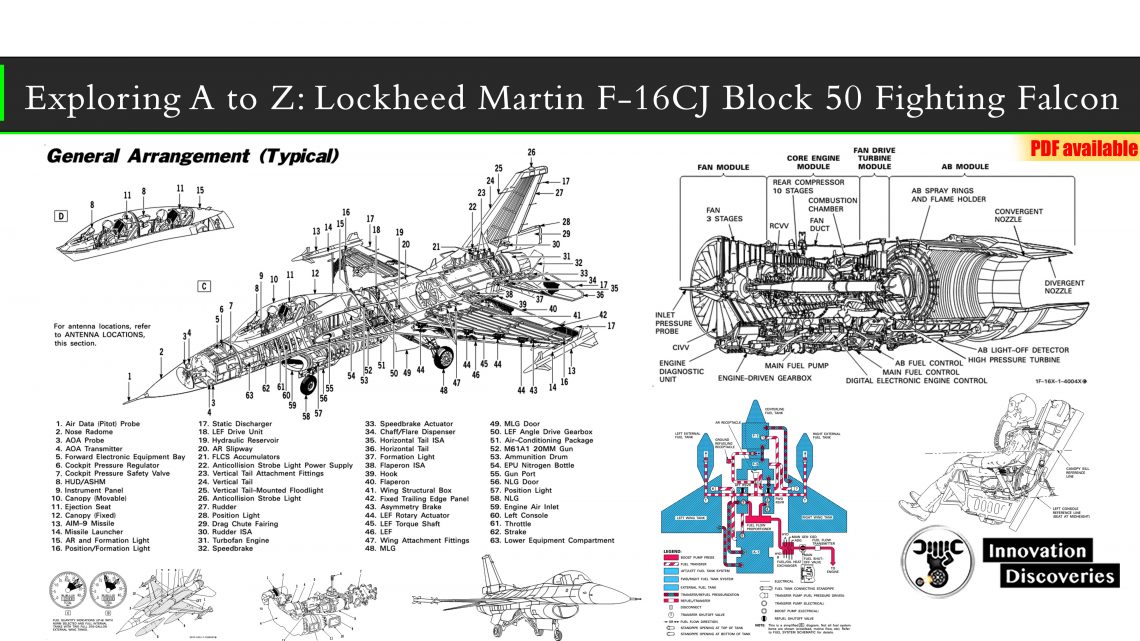
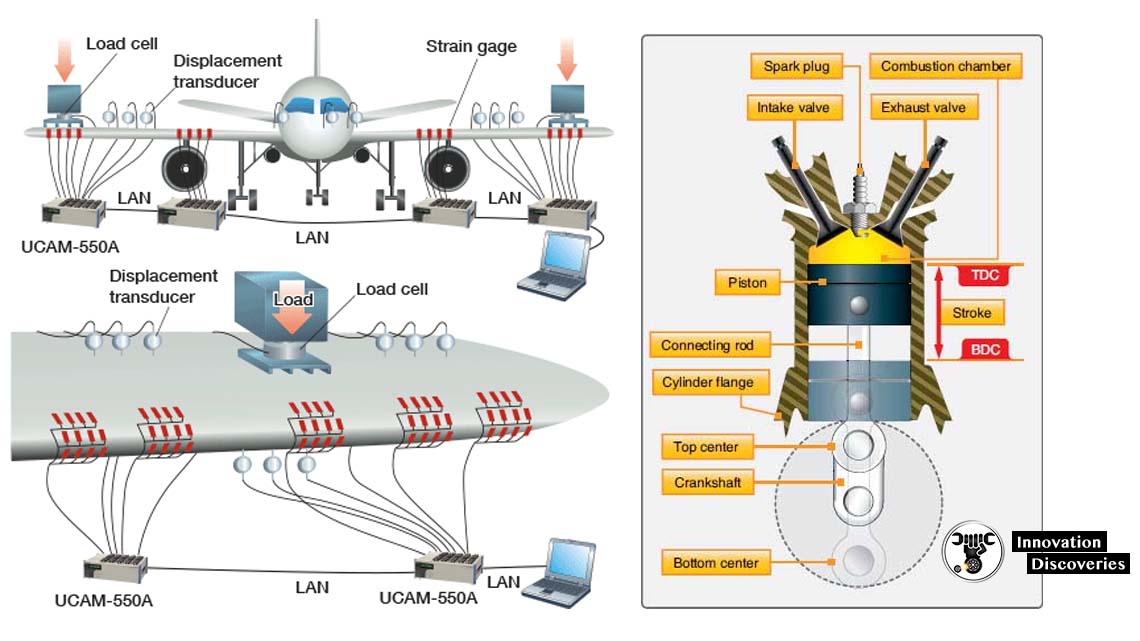
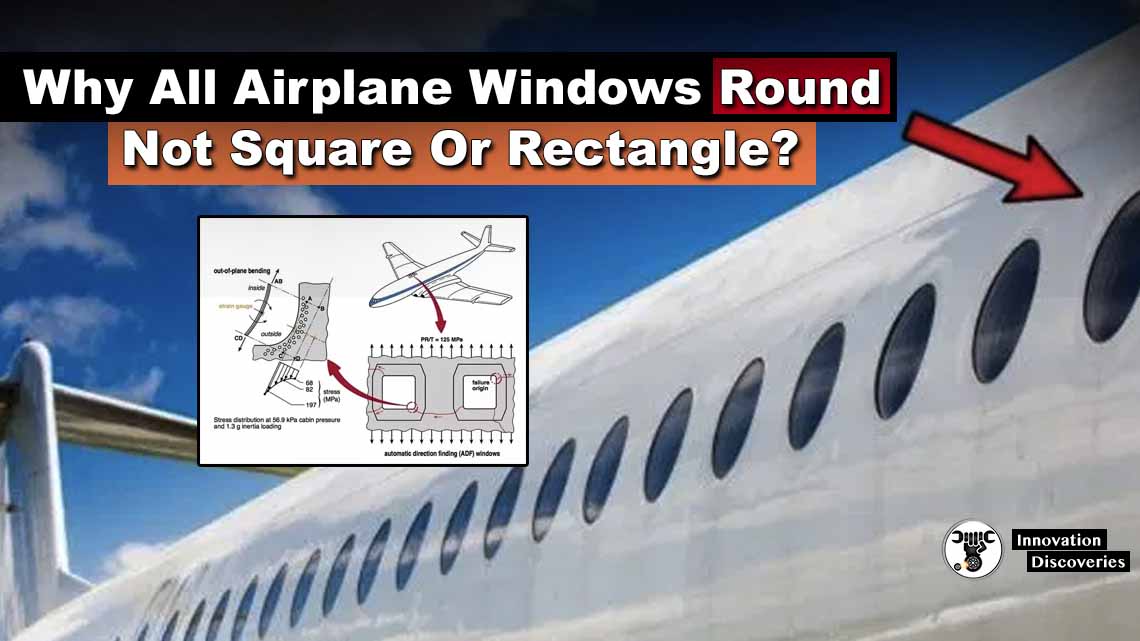
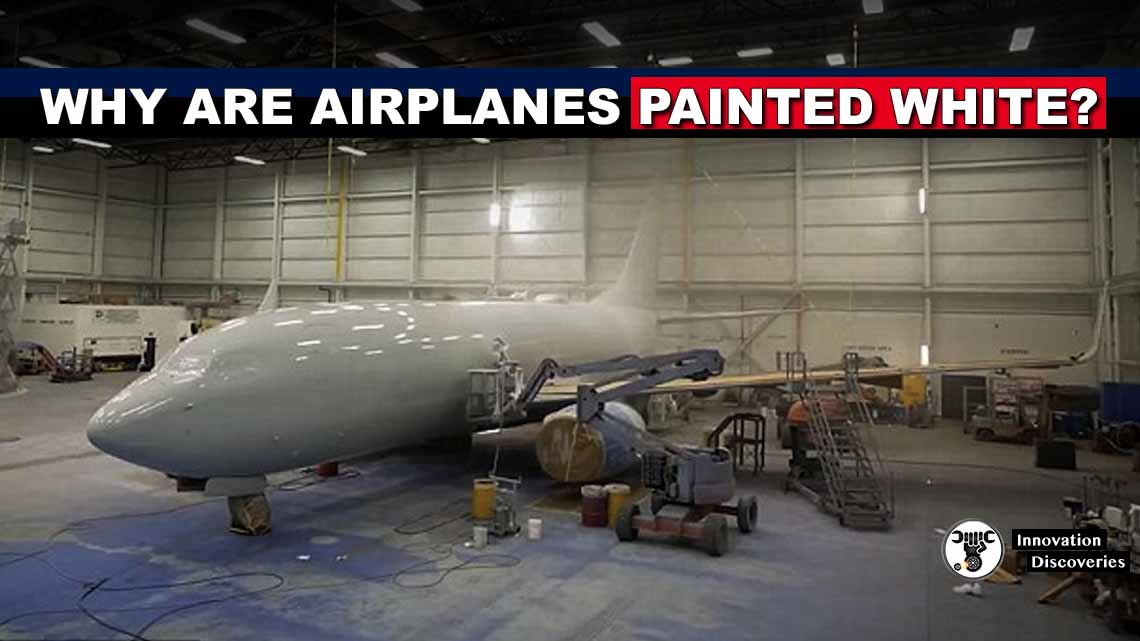

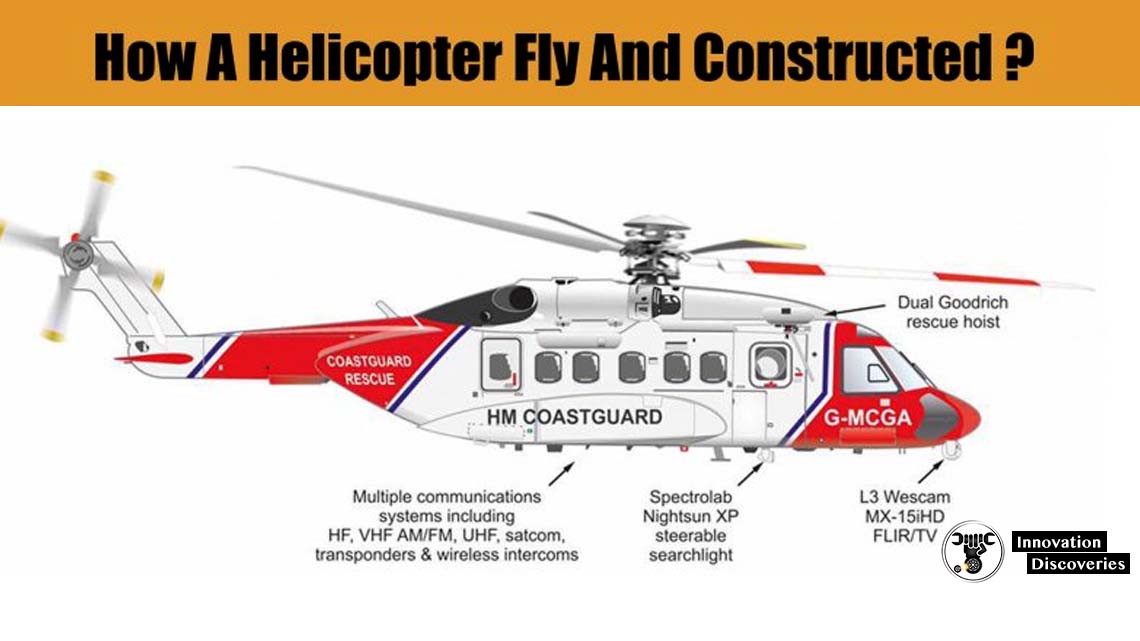
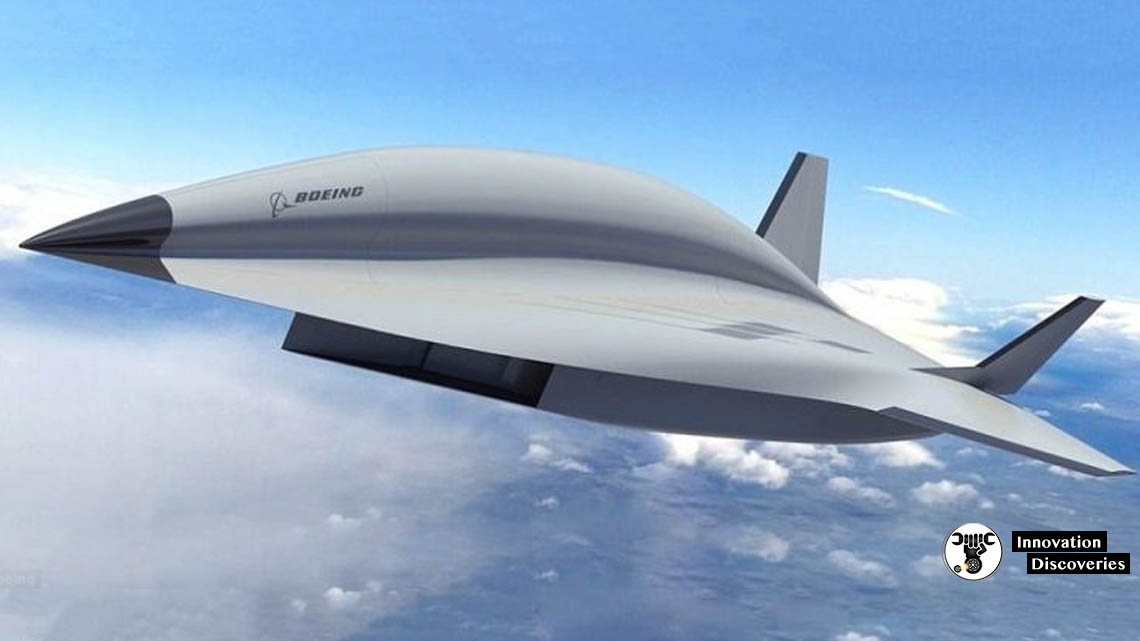

5 Comments